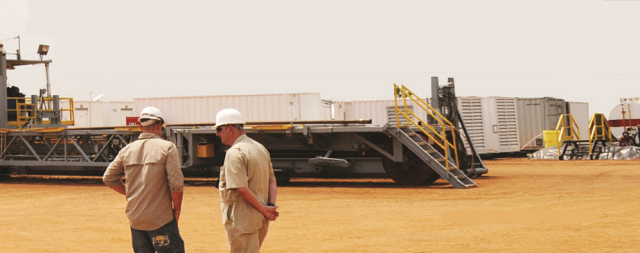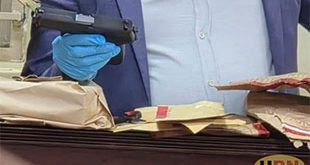
According to a heads-up report presented to Parliament on Dec. 8 by Peter Lokeris, the minister of state for Minerals, the government and the three oil companies are taking all the necessary steps in accordance with the implementation schedule of the memorandum of understanding.
Already, the route survey for the 1,445 kilometre, 24-inch-diameter-heated pipeline route is ongoing using LIDAR technology. Lokeris said the Uganda section has been completed, while the Tanzania section is expected to be ready by February.
Lokeris also told Parliament that the crude oil pipeline is planned to be developed with an integrated utility corridor which will accommodate a highway, power transmission, and ICT infrastructure corridor in Uganda, with the objectives of optimizing land use and reducing the environmental footprint for the various infrastructure, sharing of utilities, and enhancing infrastructure security.
The detailed routing of the corridor, together with the environmental baseline survey studies were completed in September 2016 and the government is in the process of procuring a consultant to undertake a Resettlement Action Plan (RAP) study for the acquisition of land for the crude export pipeline from Hoima to Tanga.
Lokeris added that the RAP study for the feeder pipeline from the central processing facilities (CPF) in the Kingfisher Development Area which is at the northern tip of Lake Albert will also take off soon and this activity will be followed by the Resettlement Action Plan study.
The three joint venture partners operating in the Albertine Graben have embarked on the process of acquiring land for the development of infrastructure to facilitate production of oil.
Chinese oil firm, CNOOC Uganda Limited, has already conducted a RAP study for acquisition of land for its facilities in Buhuka and a report has already been submitted to the chief government valuer for approval.
Tullow Uganda Operations Ltd and Total E&P are also expected to undertake joint land acquisition for their areas of operation in Buliisa and Nwoya.
The companies have together undertaken a Land Access and Resettlement Framework (LARF) in Nwoya and Buliisa areas where extensive consultations with communities were done last year.
While the land for the storage terminal at Buloba has already been acquired, the resettlement action plan study for the infrastructure corridor which will host the 200km refined products pipeline from the refinery in Hoima to the storage and distribution terminal at Buloba near Kampala is ongoing.
Lokeris also told Parliament that the government has concluded the acquisition of 29 sq. km of land in Kabaale parish in Hoima for the development of a petroleum-based industrial park that will host the oil refinery, an international airport, and petrochemical industries among others. More than 98% of the project affected people who opted for cash compensation have been paid.
****
editor@independent.co.ug
 The Independent Uganda: You get the Truth we Pay the Price
The Independent Uganda: You get the Truth we Pay the Price



